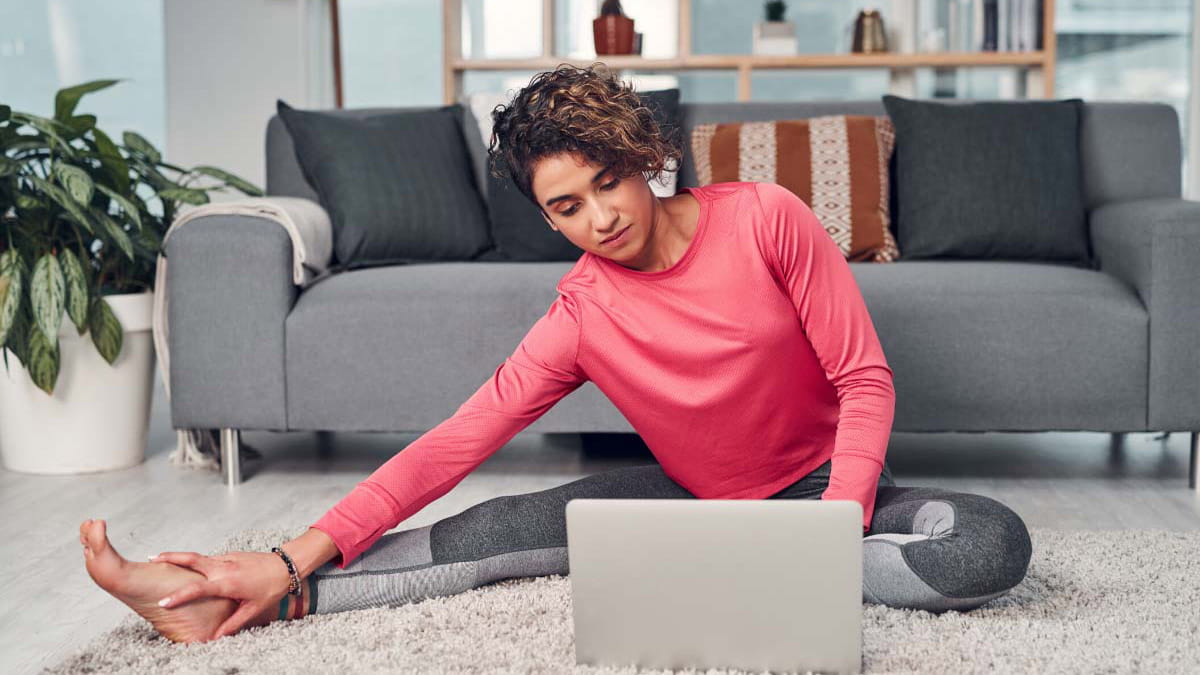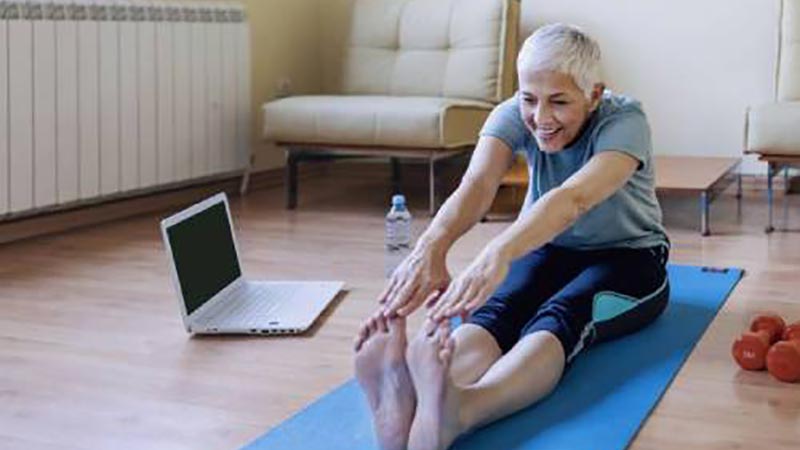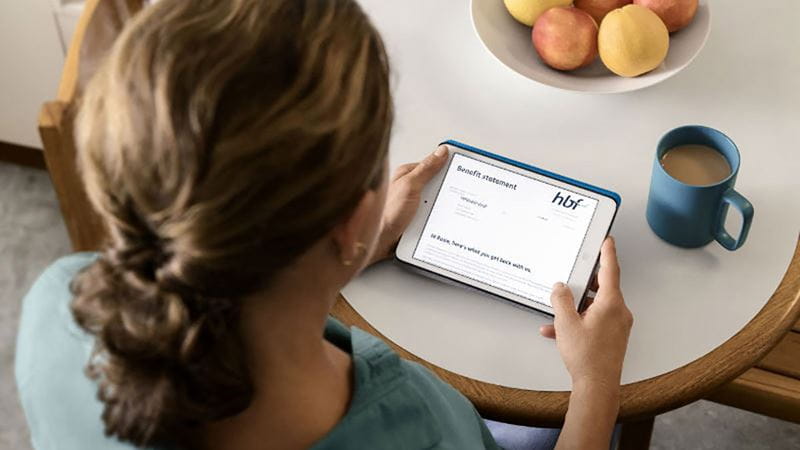Blog article
What to expect from a telehealth consultation

Telehealth is what they call it when health care gets delivered to you through your phone, tablet or laptop. Instead of seeing your health provider in person, you can receive treatment over the phone or through video chat.
Telehealth has been around for years – but for many of us, it’s a new experience.
So, what should you expect? Do you need special technology or video equipment? What really happens during a telehealth session? And do you need to prepare beforehand?
To answer your questions, we’ve called on Tim Barnwell, a physiotherapist who delivers telehealth consultations from his practice in Perth.
Each health provider will have their own preferred method of delivering telehealth consultations if it’s suitable for your individual healthcare needs. The following information is a handy reference point but does not represent every telehealth experience.
What technology do you need for a telehealth consultation?
Usually, all you need is a video-capable smartphone, tablet or laptop. Barnwell says most patients have no issues with technology.
"In my experience, the majority of patients have access to a smart phone nowadays. Most patients have no experience of telehealth but are quite surprised how effective and easy it can be."
This makes sense, considering how easy it has become for people to connect over video. And for a physio like Barnwell, that’s a good thing.
"Physiotherapists will always need video. It enables us to interact effectively with the patient and see how they are moving and the impacts of the condition we are treating."
To connect with video, you may also need to download an application or program that the health provider uses.
"At our practice we use a platform called Physitrack with a downloadable app for patients called PhysiApp,” Barnwell notes. “There are plenty of other options out there and most allow easy access through a web browser, so no special app required."
Tips to prepare for a telehealth video consultation in your home
If you expect your session will involve mostly speaking, there isn’t much you need to do. Find a quiet spot that’s not too dark, and you may be all set.
If your health provider needs to observe you carefully or see you move around, there are a few more things to consider.
General tips:
- Avoid poorly lit rooms or light coming from behind
- Try and find a quiet space where you won’t be interrupted
If your session involves movement, stretches or exercises:
- Make sure there is plenty of space to move where the session will take place
- Wear clothing that makes movement easy
- Remember to set your phone or laptop somewhere safe so you can still be seen on the video as you move around.
Your health provider should give you full information on how to prepare for your session.
How does telehealth treatment work? What’s possible in a telehealth consultation?
The answer to this question depends partly on what you need treatment for. Although telehealth can be convenient, Barnwell makes an important note:
"Some conditions are better serviced by Telehealth than others. For instance, a bad ankle sprain or a really sore neck does benefit from a face to face appointment, but a slight backache or modification to a rehab program is very easily done through telehealth with exercise prescription, education and activity modification."
What’s possible also depends on what technology the health provider has access to, and how much experience they have with telehealth.
Some providers might be set up to share images or diagrams. For example, as they point to a diagram of a knee, they might ask you to say exactly where your knee is sore. They could also display videos demonstrating proper form for a recommended exercise. (Recorded content is not covered by HBF)
For more information, your best bet is to ask your health provider. You can also search for industry information about telehealth, like this information from the Australian Physiotherapy Association.



